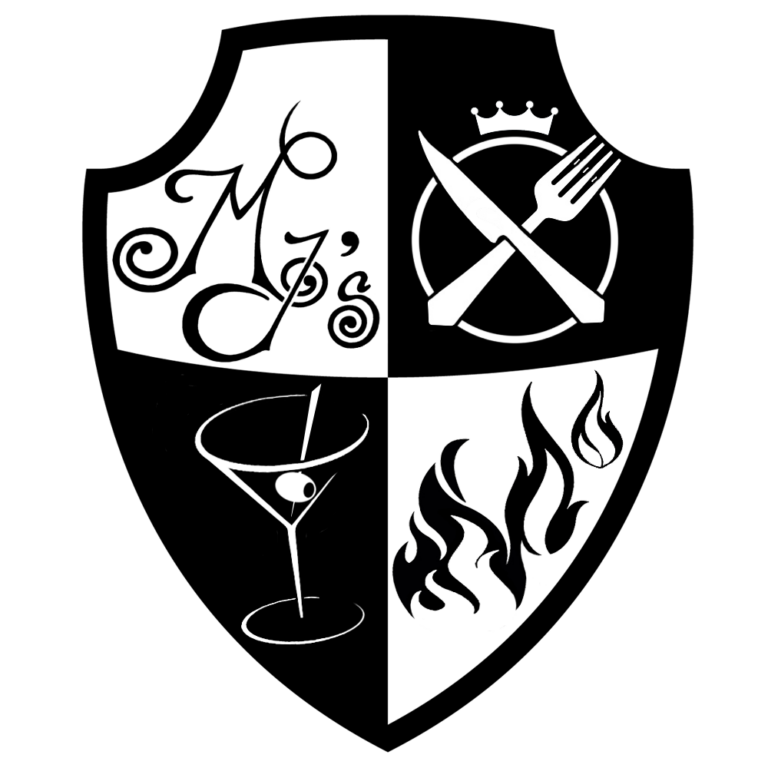Party: Friends
Spring Break is a great reason to escape to Finger Lakes Wine Country. The region is abuzz as the gardens bloom and the vineyards are groomed and pruned. This Finger Lakes Spring Break Adventure Guide has great suggestions for group gatherings and family trips, including maple tastings, waterfall chasing, hot air balloon rides, bird watching, and more.
Finger Lakes Wine Country has much to offer groups of all sizes and people of all ages. Including three distinct Wine Trails that are open year-round but begin to sparkle in the spring. Just don’t forget to pack your rain boots and a few warm layers. April showers bring May flowers and the vegetation in our local farms and vineyards.
Finger Lakes Wine Country has many charming small towns to visit during your trip. Spend your mornings in our local coffee shops and bakeries, visit our museums and galleries, and enjoy the flavors of our region at local restaurants. Find more suggestions in the Spring Travel Guide to Finger Lakes Wine Country.
Activities
Waterfalls
In the spring, ice and snowmelt bring our waterfalls to life! It’s a great time to witness one of the region’s greatest attractions, waterfalls. Driving along the east side of Seneca Lake on Route 414 you’ll see a magical, cascading waterfall called Hector Falls. Hiking the Gorge Trail at Watkins Glen State Park, your group will witness 19 majestic waterfalls along the trail. Use the Finger Lakes Wine Country Waterfall Guide to help you plan your waterfall visits.
Maple Tastings
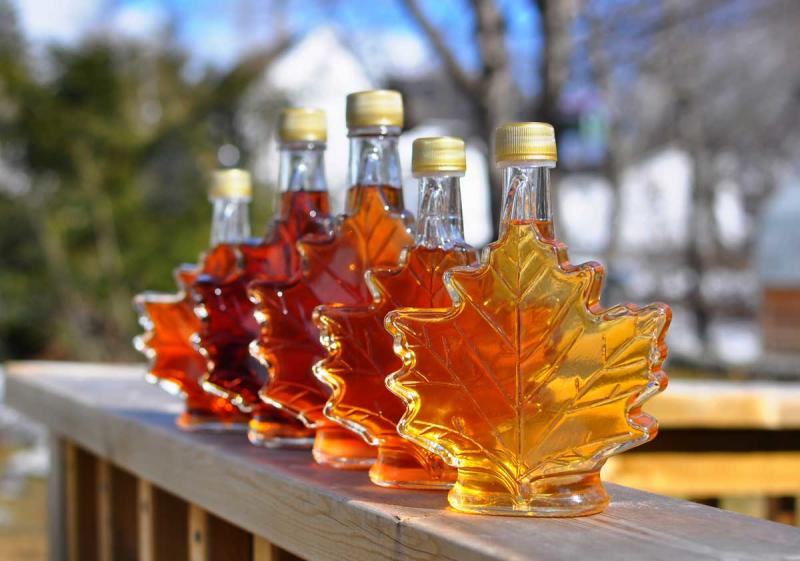
If you’re visiting in early Spring, you can taste some of nature’s candy during maple syrup season. Many of our region’s farms and orchards produce pure maple syrup, and you get to sample this season’s tasty syrup and bring it back home. Find maple syrup and more local ingredients to take home at some of our Farmer’s Markets and Farm Stores, like Parluski’s Farms in Bath, Chamberlain Acres Farmer’s Market in Elmira, Oak Hill Bulk Foods, and Apple Barrel Orchards in Penn Yan and be sure to visit Tioga County and explore their Maple Trail too!
Museums
Finger Lakes Wine Country has a rich connection to arts, culture, and history. We are proud to have some incredible cultural institutions and museums. Find the world’s most comprehensive collection of glass and glass-blowing demonstrations at the immersive and interactive Corning Museum of Glass, which might look familiar if you watch Netflix’s competition series Blown Away. Your group can observe over 50,000 glass objects representing more than 3,500 years of history or participate in a class or workshop.
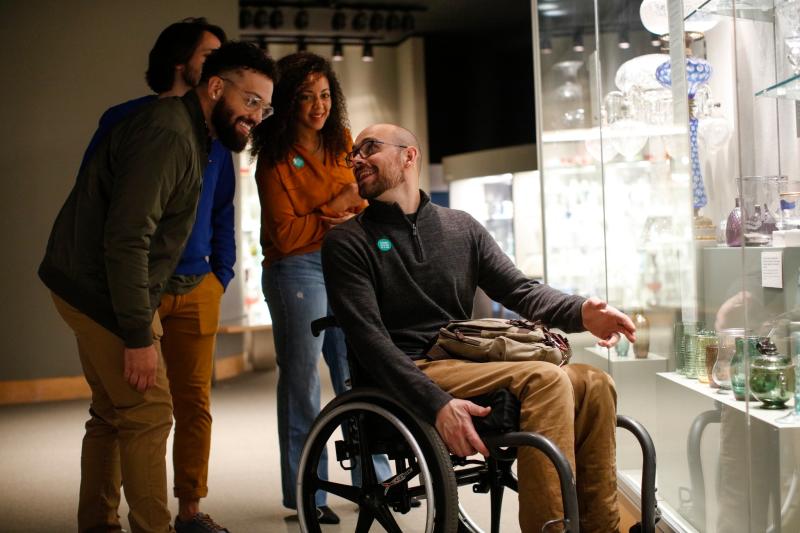
The Rockwell Museum in Corning is the only Smithsonian Affiliate museum in upstate New York. Visitors to The Rockwell explore the people, land, and ideas that shape the nation through the eyes of American artists. Visit the KIDS ROCKWELL Art Lab, just around the corner from the Museum on Market Street, for fun, unplugged play if you’re traveling with little ones.
There are even more art galleries and museums that showcase the beauty of our growing community of artists. These are a great rainy day option, but we’re sure they will complement your trip, regardless of the weather.
Tioga Gardens
Stop and take in the spring blooms at one of our local gardens. Stroll through 11 greenhouses at Tioga Gardens in Owego. The Nursery is fully stocked with fruiting trees and shrubs. The “Glasshouse” is home to houseplants from Venus fly traps to 10-foot tall palms, orchids, bonsai, succulents, and more. Spring is a great time to bring home fresh-cut flowers or a new houseplant.
Horseback Riding
One of the most unique ways for your group to see the region is on horseback. Your family can do a small group ride at Painted Bar Stables in Burdett, New York. Children 10 years or older are allowed to do trail rides, while children ages 8 and 9 are required to ride in a Trail Experience Lesson before trail riding.
Painted Bar Stables also offers the only horseback-mounted vineyard tour in the Finger Lakes. The Vineyard Ride takes you on a scenic tour of the orchards and forest peaking with a breathtaking view of Seneca Lake. Upon dismount, enjoy wine tasting and local bites, and walk away with a bottle of wine to drink later. Visit our small-town guide for Watkins Glen for more ideas nearby before or after your horseback riding adventure.
Bird Watching
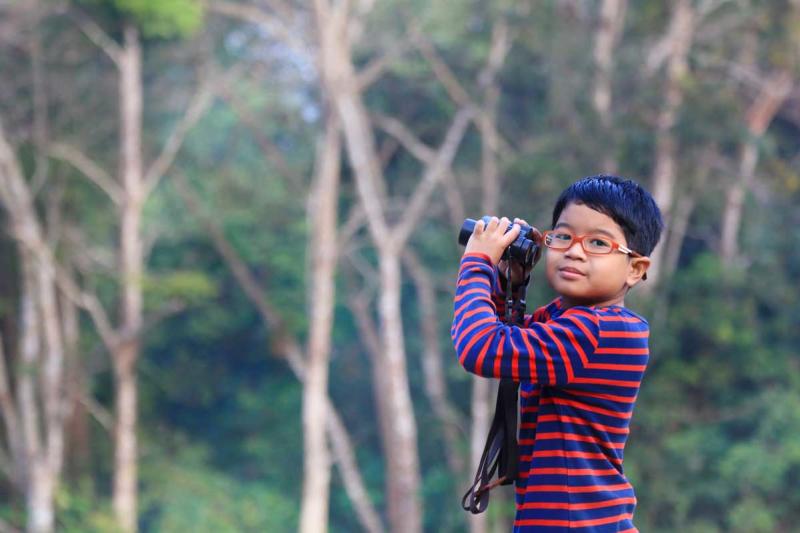
Finger Lakes Wine Country is a haven for great blue herons, sandhill cranes, osprey, snow geese, wild turkeys, many species of songbirds, and even bald eagles. Some great places to visit for bird watching include Cold Brook Wildlife Management Area in Hammondsport, Urbana State Forest and Italy Hill State Forest off of Keuka Lake, Tanglewood Nature Center in Elmira, Brick Pond wetlands in Owego, Spencer Crest Nature Center in Corning, and the Finger Lakes National Forest between Seneca Lake and Cayuga Lake.
Hot Air Balloon
Create a core memory for your group with a hot air balloon ride! Southern Tier Balloon Tours offers a year-round Owego experience that gives you an aerial view of the region. This adventure is safe for little ones five and above. Prices start at $280 for kids and $340 for adults, and private flights are available.
*Passenger weight limit: 235 pounds each. For individuals over 235 pounds, call for more details.
Looking for more reasons to bring your family? Start with these fun, Kid-Friendly Wineries + Activities in Finger Lakes Wine Country. Then check out this list of Free Things To Do In Finger Lakes Wine Country.
Wineries + Breweries
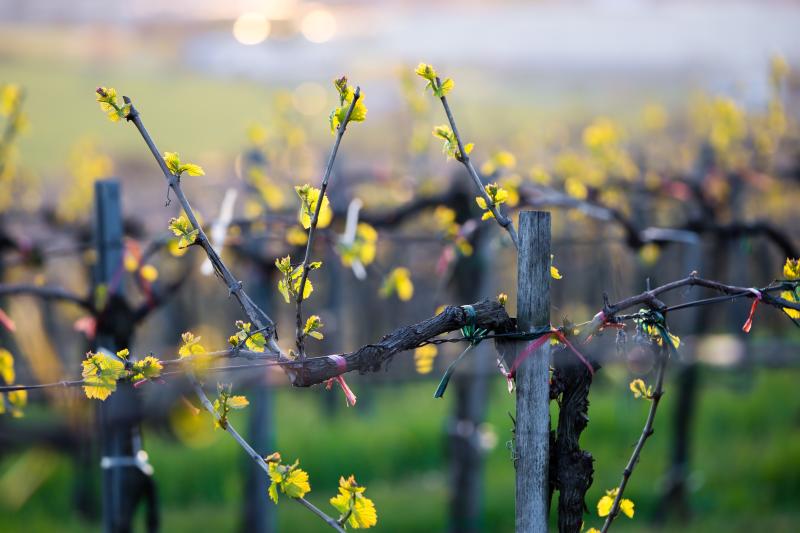
Finger Lakes Wine Country is the largest wine-producing region on the East Coast, with three wine trails. Spring is a great time to visit our region’s celebrated wineries and tasting rooms offering award-winning aromatic white varietals, like Riesling and Gewürztraminer, and cooler-climate reds, including Pinot Noir and Cabernet Franc.
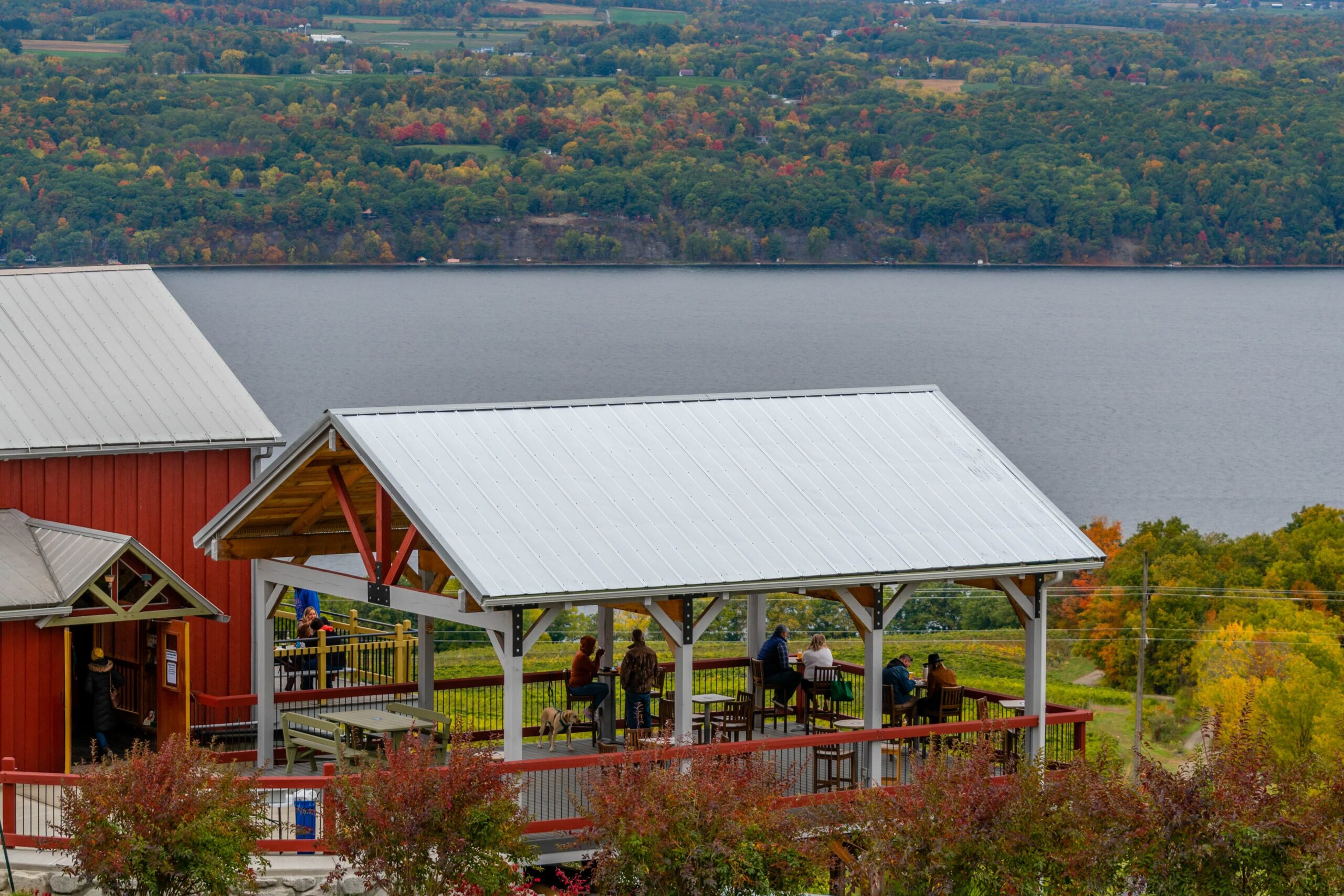
Our scenic region offers many craft beverage options, including incredible breweries like Wagner Valley Brewing, Two Goats Brewing, Steuben Brewing, and Horseheads Brewing, distilleries like Finger Lakes Distilling and Krooked Tusker Distillery, and even cideries like Eve’s Cidery and Silvan Farm and Cidery – to name a few!
Restaurants
In Corning, you’ll find the bright and modern Quincy Exchange (open seasonal from April to January), an American Bistro bringing fresh and locally sourced fare to the historic Gaffer District. Make a reservation for dinner Wednesday – Sunday, 5 – 8 PM. Or reserve a spot for Weekend Brunch, where you can enjoy delicious brunch bites like Crab Benedict and Bread Pudding French Toast.
The Cellar, nearby, is a local favorite with an everchanging seasonal menu and a beautiful selection of cocktails to choose from. Come for a drink or a fabulous dinner and mingle with visitors and locals in this warm, welcoming spot.
If you’re traveling with a small group, GRAFT Wine + Cider Bar in Watkins Glen has a private room upstairs that’s perfect for you. Chef and owner Orlando Rodriguez highlights local producers and offers a rotating, seasonally focused bar and kitchen menu. GRAFT Wine + Cider Bar is the only wine and cider bar in the area exclusively serving a variety of New York State hand-crafted wines, ciders, and beer.
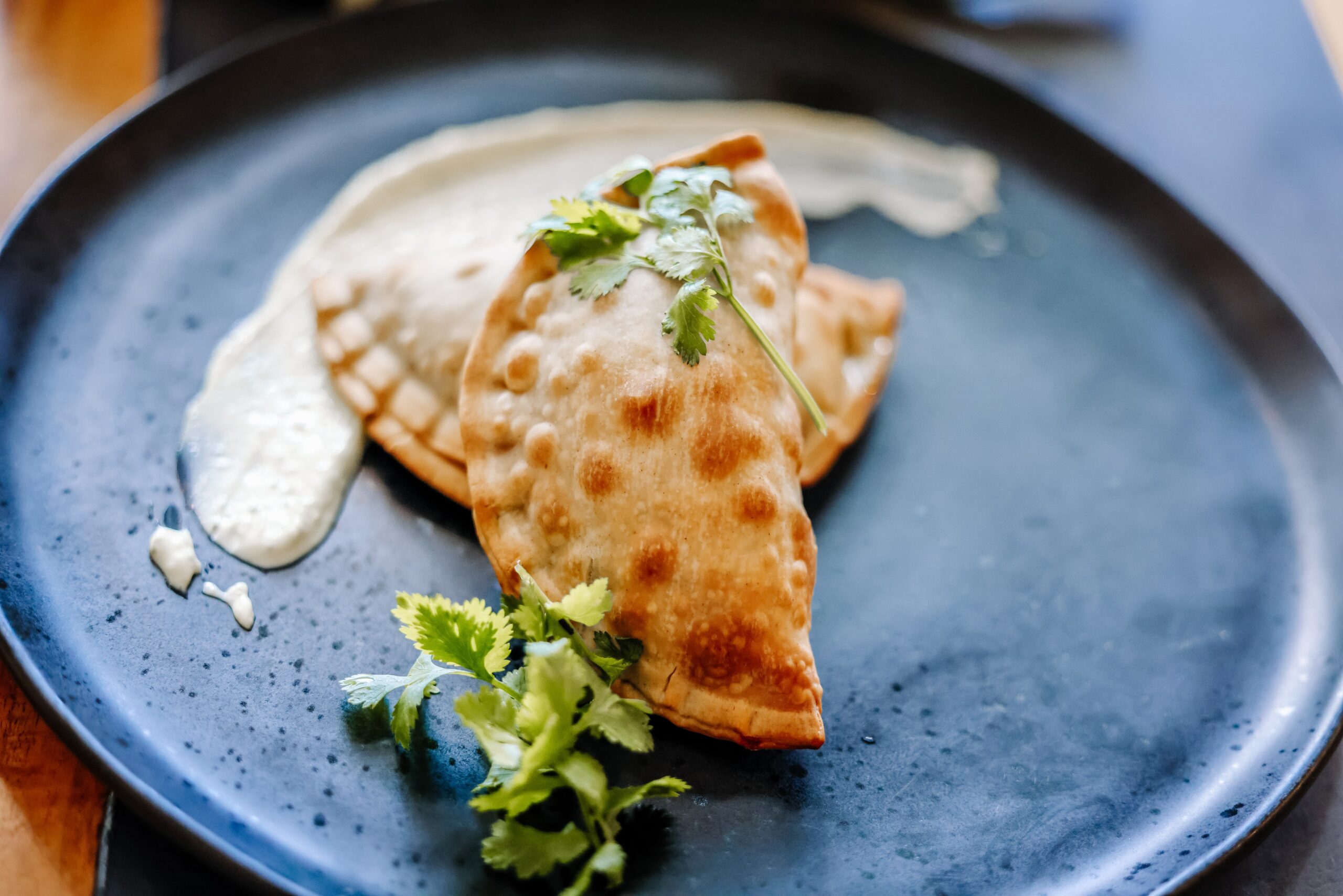
The people, the food, and the renovated location make Rye Bar and Restaurant in Elmira, New York, the perfect place for friends & family to come together and have a great time. The bar and restaurant have been designed with individual touches unique to the region. The menu has items for all ages to enjoy. The Garage at Rye, a coffee shop next door, is a fun morning and early afternoon hangout (and work-from-home) spot. They offer delicious espresso drinks, freshly baked pastries, sandwiches, and salads. They also have a bar on-site for an afternoon drink with friends after a fun day in the area.
Penn Yan, New York’s hidden gem, is located under the charming bridge on Liberty Street, Outlet 111. Named after its unique spot on the outlet trail connecting Keuka Lake and Seneca Lake, this restaurant takes pride in curating a wine list showcasing the Finger Lakes region and highlighting women producers’ talent. Currently serving an upscale pub fare-style menu, Outlet 111 prides itself on serving only the freshest ingredients for a culinary journey that promises to deliver.
Accommodations
Family Friendly
The Watkins Glen Harbor Hotel in Watkins Glen, New York, was named America’s Most Beautiful Waterfront Hotel by USA Today readers. As the area’s only AAA Four Diamond property, some amenities include spacious guest rooms and suites, an indoor swimming pool and hot tub, and a fully-equipped fitness center. Your family can also enjoy a meal on-site at the Blue Pointe Grille restaurant.
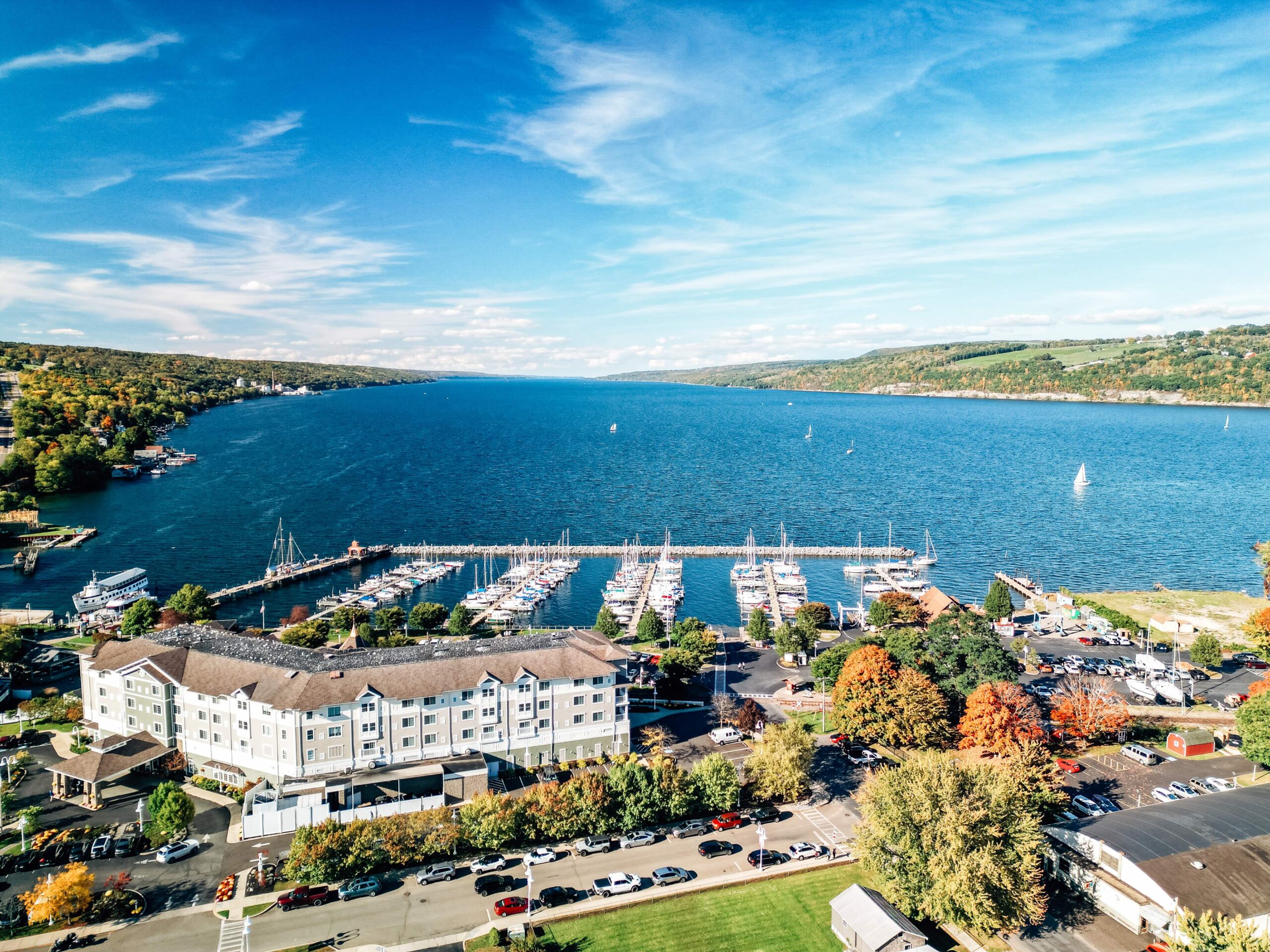
This is the area’s only AAA Four Diamond property and is within walking distance of Watkins Glen State Park, the most famous State Park in the region. It’s home to 19 waterfalls and nine great walking trails.
Farm Sanctuary in Watkins Glen, New York, is a bed, breakfast, and shelter where you can bond with the rescued animals and enjoy a home-cooked vegan breakfast every morning. The 275-acre Watkins Glen farm is home to more than 600 rescued cows, pigs, turkeys, and other farm animals. The accommodations include three tiny houses and cozy cabins with shared bathrooms within walking distance.

There’s no need to leave your fur baby home. Finger Lakes Wine Country is extremely pet-friendly in terms of accommodations and activities. Two pet-friendly properties near the Keuka Lake Wine Trail include the Best Western Plus Vineyard Inn & Suites and the four-bedroom, two-bathroom House of Vines in Penn Yan. The House of Vines is located across the street from the Keuka Outlet Trail, which has a paved path for walking or running with your pup.
Group Stays
If you prefer to rent a family-friendly vacation property, look at the charming Seneca Lake Effect on the eastern shore of Seneca Lake. This more than 4,000 square foot ranch-style house offers six bedrooms, 6.5 bathrooms, and full lake views throughout the common area. The recently renovated basement rec room offers a pool table, ping pong, foosball, and a movie projection theater featuring a 122” screen and Dolby surround sound.
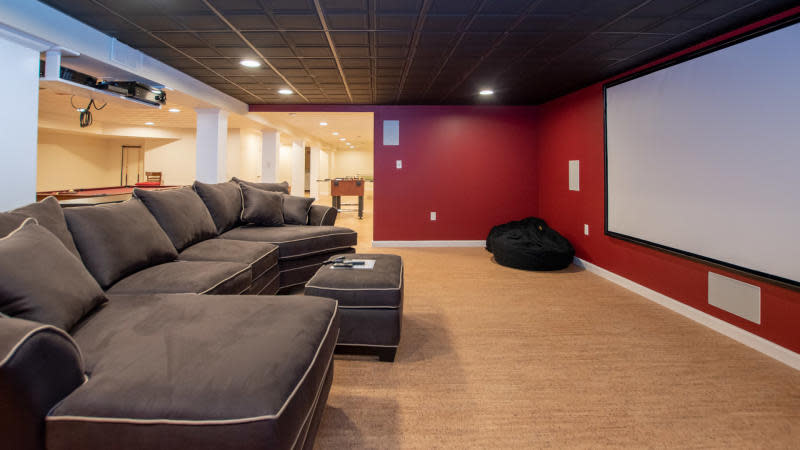
Blue Heron Shores Estate is just minutes from award-winning wineries and lakefront restaurants on the Cayuga Lake Wine Trail. This beautiful 6-bedroom estate features a main house and a boat house. Here, your group will enjoy a hot tub, a pool table, an outdoor stone fireplace, and spectacular views.
Stay + Play
The thirty-room Inn at Glenora offers stunning views and an atmosphere of simple elegance that make your stay a perfect soothing getaway. Beyond wine, you can enjoy regional cuisine featuring seasonal, locally sourced menus at Veraisons Restaurant, located at the Inn.
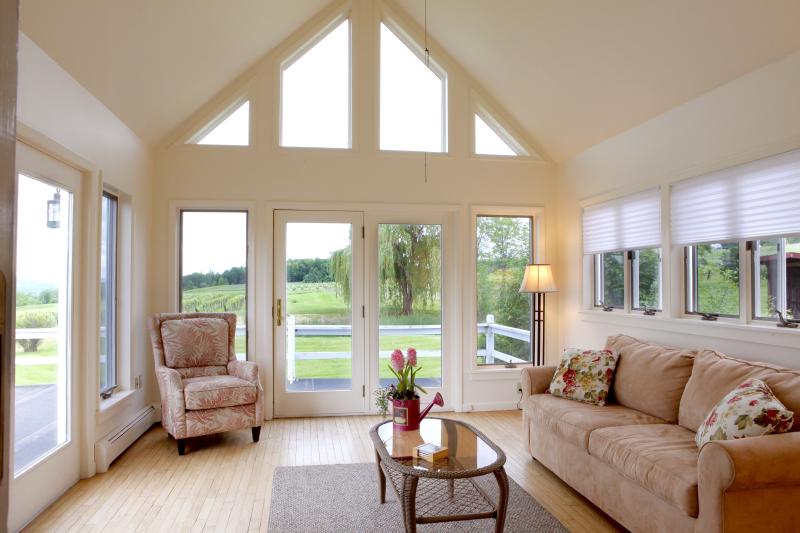
The Inn at Grist Iron in Burdett, New York, is the only lodging in the region to feature an onsite craft brewery, Grist Iron Brewing Company. Choose from 4 rooms in their traditional-style 1860s Farmhouse or stay in one of 10 spacious suites in The Lodge, which offers rustic yet modern accommodations, including their dog-friendly rooms.
As a reminder, well-behaved and well-supervised children are the norm in most places. The suggested places are family-friendly, but kids can’t explore on their own. Feel free to explore these locations with your child and highlight fun new things, but please don’t let them roam alone.
Hey….Where’s all the snow I keep hearing about?
Our weather is less snowy than in Buffalo, Rochester, or northern Pennsylvania. This is due to several key geographic and climatic factors, including the region’s distance from the Great Lakes, its terrain, and the local weather patterns that influence snowfall.
1. Distance from the Great Lakes
Buffalo and Rochester, located along the eastern shores of Lake Erie and Lake Ontario, are directly impacted by a weather phenomenon called lake-effect snow. This occurs when cold air moves over the relatively warmer waters of the lakes, causing moisture to evaporate, and when this moist air cools, it releases the moisture in the form of snow. This process produces heavy, localized snowfalls, particularly on the east sides of the lakes. Buffalo and Rochester are both in the direct path of these snow bands, which is why they often experience substantial snowfall in the winter.
In contrast, Finger Lakes Wine Country is located further inland, about 50 to 100 miles from the Great Lakes. While the region is still influenced by the lakes, it is far enough away that it does not experience the same intensity of lake-effect snow. The Finger Lakes still have a moderating effect on the climate, helping to keep temperatures milder, but they do not produce the heavy, persistent snowfalls that occur in cities like Buffalo and Rochester.
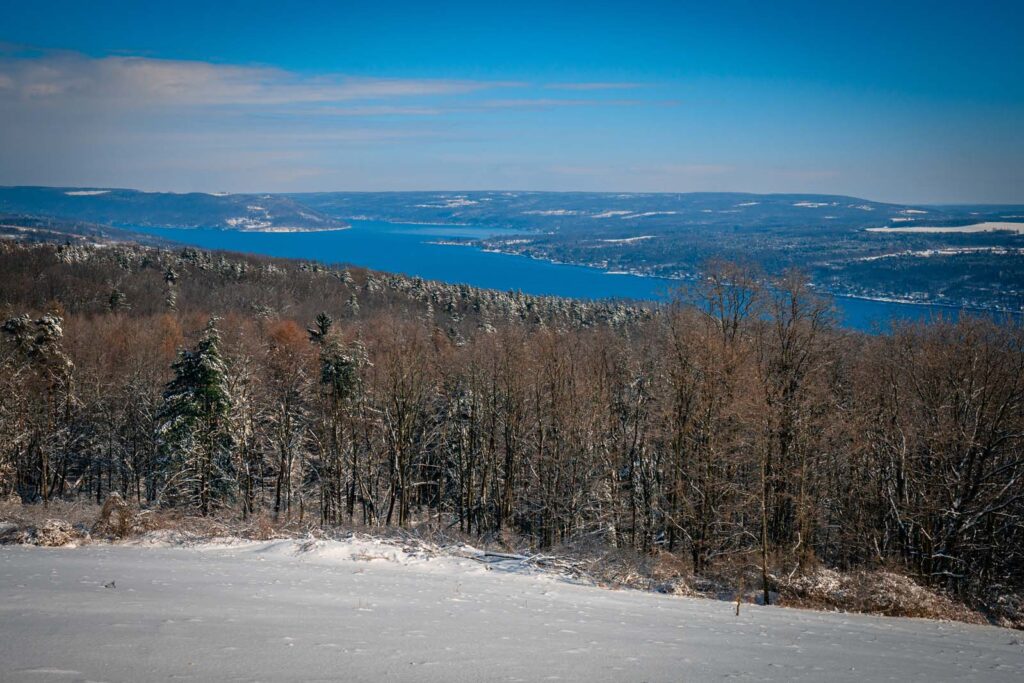
2. Topography of the finger lakes region
The terrain of Finger Lakes Wine Country plays a role in reducing snowfall. The region is characterized by rolling hills, valleys, and deep lakes that create a more sheltered environment compared to the open flat areas near the Great Lakes. These hills can block or weaken the lake-effect snow bands before they reach the Finger Lakes, preventing the area from experiencing the heavy snowfalls seen in nearby cities.
Additionally, the mountain ranges and higher elevations of northern Pennsylvania also contribute to more snow. In these regions, the wind patterns are more conducive to lifting moist air, which results in heavier snow. The Finger Lakes, on the other hand, are not as prone to these elevated snow-producing processes.
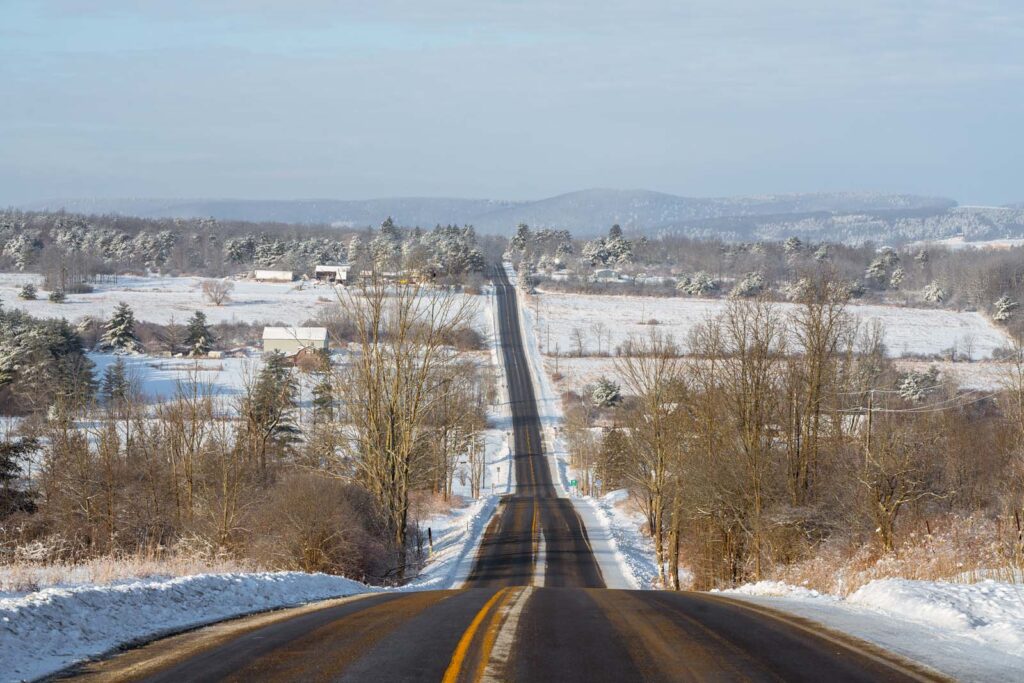
3. Wind Patterns and Lake Effect
The winds that bring lake-effect snow are generally westerly or northwesterly, blowing across the Great Lakes and onto the land. While Buffalo and Rochester are directly in the path of these winds, the Finger Lakes region is positioned more to the south and east, meaning it is shielded from the most intense lake-effect snow. The terrain of the Finger Lakes, with its valleys and the protection offered by the surrounding hills, means that many of the snow bands lose strength before reaching the area.
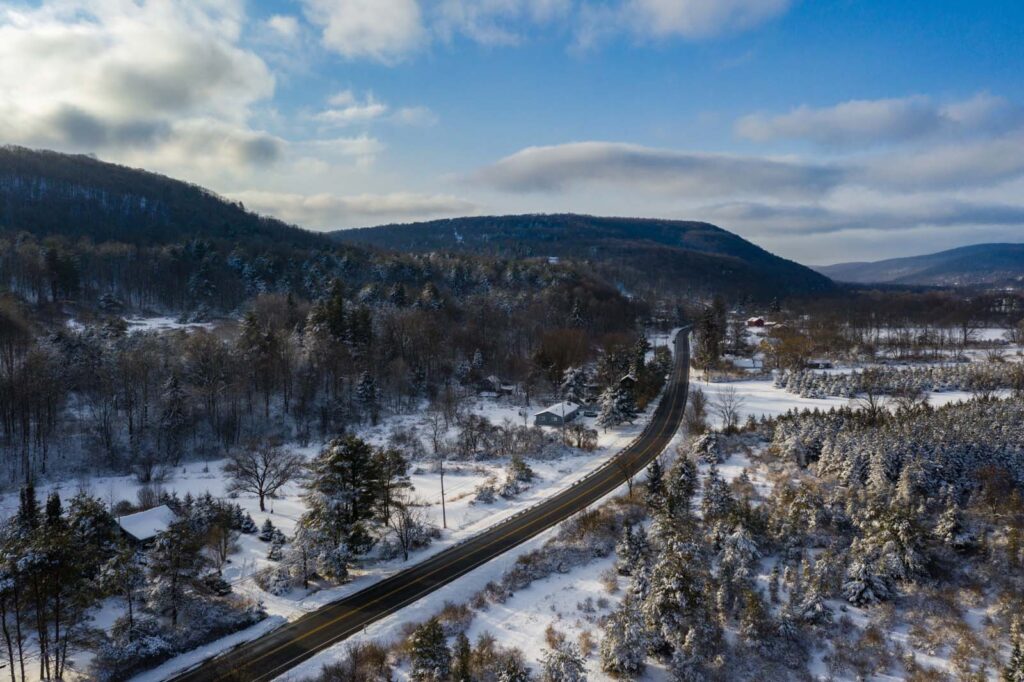
4. Influence of Northern Pennsylvania
Northern Pennsylvania, particularly areas like Erie and the Appalachian Mountains, is more likely to experience significant snowfall due to both lake-effect snow from Lake Erie and the upslope snow effect. The higher elevation and proximity to the Great Lakes in this region allow for more consistent snowfall throughout the winter. As the wind pushes moisture-laden air from the lakes, the air is forced upwards by the mountains, causing more precipitation in the form of snow.
The Finger Lakes region, by comparison, is lower in elevation and more shielded from these upslope effects, resulting in less frequent and less intense snowfall. The Finger Lakes’ climate is more moderate, and although snow can still fall, it is generally less persistent or heavy than in northern Pennsylvania or along the lakeshores of Buffalo and Rochester.
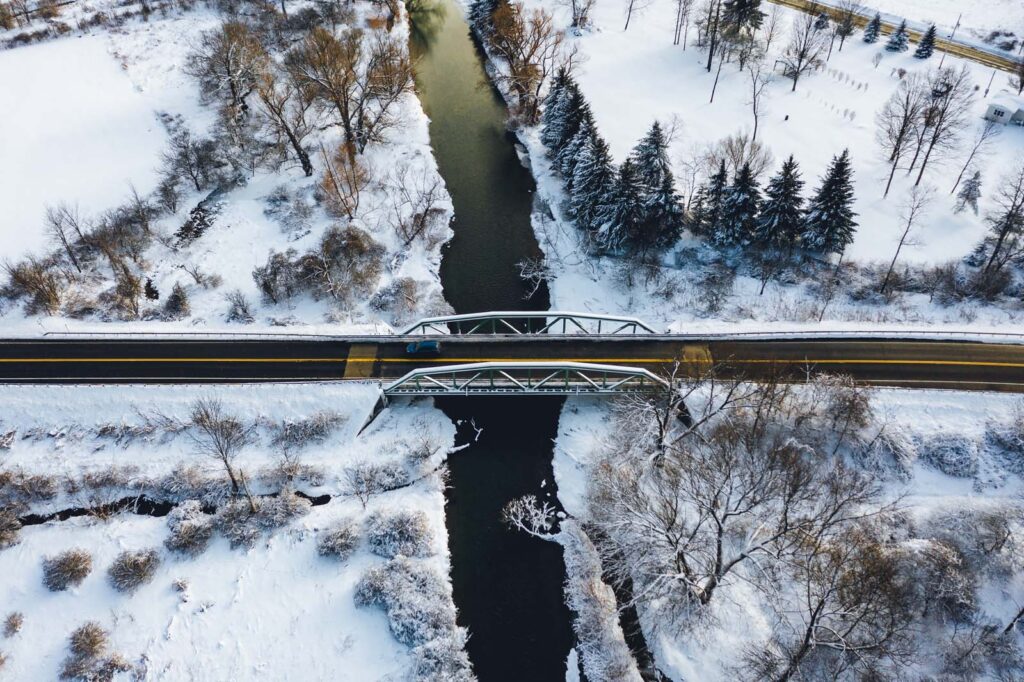
ALL THIS METEOROLOGY MEANS….
Finger Lakes Wine Country gets less snow than Buffalo, Rochester, or northern Pennsylvania because of its inland location, further from the direct influence of lake-effect snow caused by the Great Lakes. The region’s rolling hills and valleys shield it from the worst of the lake-effect snow, and the milder temperatures due to the distance from the lakes further reduce snowfall. Additionally, northern Pennsylvania’s higher elevations and proximity to the Great Lakes make it more prone to consistent snowfall, while the Finger Lakes region experiences a more moderate winter climate overall.
So, even though our lakes—Cayuga, Seneca, and Keuka—are “great,” they are not large enough to make a significant impact on snowfall amounts. So, if you hear about blizzards in upstate New York, they’re likely NOT referring to Finger Lakes Wine Country, so don’t let a few snow flurries keep you from visiting!
Your tour continues on land with a short walk from our lake dock takes you to our exclusive natural shale patio that meets the waterfall’s edge. Enjoy a complimentary Finger Lakes beverage while viewing the beauty of the majestic 165 ft. lower Hector Falls from our patio or explore the waterfall just steps away.
Bring your water shoes and get up close walking the flat shale at the base of the falls as the refreshing water rolls over your feet. You can fully experience the tumbling water as it flows over the towering cliff. There is nothing more exhilarating!
Don’t want to get in the water? You can admire the falls from the patio just 40ft away or sit on the side of the falls while admiring its pure beauty and energy. There is nothing more relaxing than watching and listening to the falling water. Daydreaming, you might ask: “Is this heaven?”
What are you waiting for? Bring your camera! The views and experiences here make for a one-of-a-kind excursion you will always remember.
Next time you’re looking for a fun cocktail, try these delicious red wine cocktail recipes using Finger Lakes Wine Country’s famed red varieties like Pinot Noir, Cabernet Franc, and Merlot to name a few, paired with easy to find ingredients. Cheers!
Watch the Video!
After you’ve tried them for yourself, watch step by step as Megan from Finger Lakes Wine Country shows you ]how to make the Finger Lakes Red Wine Spritzer and the Upstate New York Sour.
While there is nothing more refreshing than a glass of rosé on a warm day, if you’re anything like us, you love rosé wine no matter the season! Ready to take your rosé game to the next level? We’ve got your back!
Combine some of our favorite Finger Lakes Wine Country rosés from wineries in our region with some of the best spirits from our region’s distillers in these simply delicious FLX Rosé cocktail recipes to try at home.
Watch the Video!
After you’ve tried them for yourself, you can see a couple of these recipes come to life as Megan from Finger Lakes Wine Country shows you step by step how to make these delicious drinks.
The Hunt family started crafting wine in 1981 and has been farming west of Keuka Lake in New York’s Finger Lakes region for seven generations. Hunt Country Vineyards is committed to responsible farming and caring for the land that gives us so much. They have reduced fossil fuel use by installing award-winning solar and geothermal systems. A portion of the vineyards are certified organic and several wines are made from organic grapes. Hunt Country Vineyard received the 2020 Sustainability Award from the New York Wine & Grape Foundation for its sustainability practices.
Growing up on the farm and with the winery inspired Suzanne Hunt’s passion for sustainability, climate solutions, and clean energy. She’s spearheaded a multitude of sustainability and climate resilience efforts. In 2021 Suzanne and her parents were recognized by Wine Business Monthly as some of the top leaders who shape the way the wine industry operates. In this interview, Suzanne shares ways others in the industry can work on being more sustainable.
Has Hunt Country Vineyards always been environmentally focused?
Suzanne Hunt: Yes, my parents bought the family farm from the previous generation in the 1970s because they wanted to live on the land. Environmental concerns have shifted somewhat over time. Decades ago, the key concerns for ecologically-minded farmers were things like DDT, erosion, and fertilizer leaching into water supplies. Nowadays the most pressing concerns include climate change, ‘forever chemicals’, invasive species, and loss of pollinators. Soil conservation has shifted to more complex considerations of soil health and soil as a tool in carbon sequestration and storage. Wildlife stewardship, erosion, and water quality concerns have been fairly consistent.
“The nuts-and-bolts of sustainable vineyard practices are waste reduction, energy and water conservation, and other essentials. But I would stress advocacy and customer education as well.”
Which processes were easier to implement?
SH: Well, every change requires effort. But some of the things we’ve done that are relatively straightforward and not difficult include: using only compost and manure as fertilizer instead of synthetic fertilizers, switching to efficient LED lighting, using eco-flooring and other eco-building materials, using lightweight/eco glass bottles, recycling, installing bird and bat boxes, and planting pollinator habitat.
What were some of the more challenging processes you experienced making the shift to a more environmentally focused vineyard?
SH: We have struggled with weed control in our certified organic vineyards. With a permanent crop like vines, we don’t have as many tools in our toolkit as our organic farmer friends who grow annual crops and can rotate crops and so on.
We were the first large complex geothermal system that the local companies had installed over a decade ago when we invested in a geothermal system to heat and cool all of our large buildings. The installers were learning as they went so we’ve had a lot more challenges with our geothermal system than folks will have now that there are more experienced installers, and better quality equipment that comes with diagnostic tools to target maintenance.
When we installed 348 solar panels on our building roofs in 2015, it took quite a lot of time and effort. Our local banks had never financed large commercial solar power systems so we arranged for the President of the NY Green Bank and some of his staff to spend an afternoon fielding their questions related to warranties, equipment depreciation, etc. Getting the permits was also much more of a struggle than it should have been.
We’ve had a harder time because we’ve been making these changes before they were common practice. It will be easier for other businesses that make the investments now.
What do you think are some of the most important practices of an environmentally focused winery?
SH: There are the nuts-and-bolts sustainable vineyard practices, waste reduction, energy and water conservation, and other essentials. But I would stress advocacy and customer education as well. The environmental challenges we face require direct action. Changing practices on our farms and in our businesses as well as society-wide approaches. Many of these environmental challenges are system-wide and societal challenges that require policy, regulatory, and systems changes.
As a highly visible industry, our voices as business leaders carry weight. We need to use them. And, we are also a rare part of farming where the public actually comes to spend time at our farms, which is an opportunity to help raise awareness and activate our customers.
Back to the nuts and bolts: farming involves challenging physical and economic conditions that are constantly changing – so it’s important to focus on constant improvement as our scientific knowledge expands and the tools available to us evolve. It is also critical to focus on practices that will enhance the resilience of your operation as well as provide environmental benefits. A good example of a practice that achieves multiple goals, including enhancing resilience to extreme dry and extreme wet conditions (which will worsen as climate change intensifies), is enhancing soil organic matter.
The new New York State Sustainable Winegrowing certification program is a good place to start. Growers and wineries can go through hundreds of aspects of their business and identify areas for improvements related to environmental impacts but also safety and other social and economic sustainability metrics.
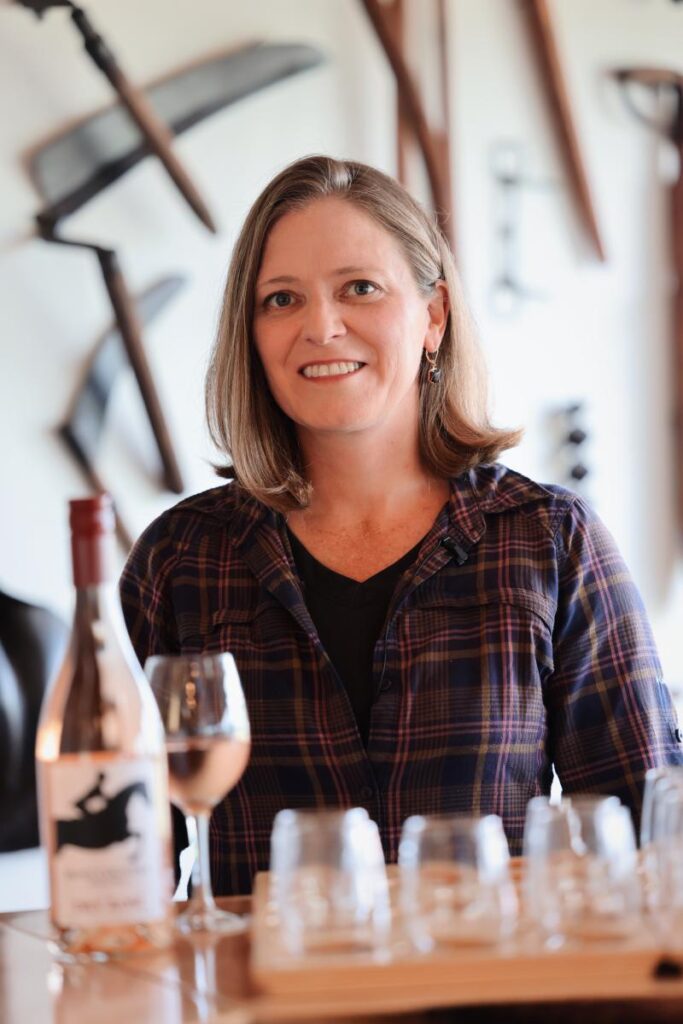
What other local (or national) wineries are doing the work?
SH: We are the first New York winery to join the International Wineries for Climate Action (IWCA) organization that was co-founded by two large international wineries: Torres Family Winery (from Spain) and Jackson Family Winery (headquartered in California). But the IWCA has members of all sizes including Cakebread Cellars, Opus One, and other well-known brands. To become a member you have to go through a rigorous greenhouse gas accounting process and third-party audit.
About a dozen New York winery owners serve on the New York Wine and Grape Foundation’s Sustainability Advisory Committee which I chaired until recently. We have spent the past several years developing and testing out a sustainability certification program designed for New York grape and wine producers. Currently, we, and several dozen other Finger Lakes producers, are in the process of getting certified. Soon New York wine drinkers will start seeing the New York Sustainable Winegrowing ‘Trustmark’ on our websites, social media posts, and eventually bottle labels.
What do people need to look out for to confirm if a winery has sustainable practices?
SH: Consumers can look for trust marks but until now we didn’t have a comprehensive sustainability certification that was relevant to New York wine growers. So the most important thing consumers can do is ask questions and get to know the wineries that they frequent. Read articles like this and educate yourself on who the leaders are and support them!
“Every generation that came before us had to innovate to succeed in farming and business. We are no different, but the pace of change is accelerating, making innovation even more critical to our ability to succeed.”
What inspired your passion for climate solutions and clean energy?
SH: This place. Growing up on the farm and with the winery. It was really hard-going for my parents when I was a kid. They, and their contemporaries, were building a New York wine industry almost from the ground up after the grape market crashed. They made sure my siblings and I could follow our passions and mine was always the environment.
I was able to get degrees in Environmental Science, Natural Resources Management, and International Affairs and work in the environmental field all over the world before returning home. I still work in sustainable infrastructure, agriculture, and transportation-related policy. Although you could argue that having two full-time jobs is not sustainable!
Why is innovation so important?
SH: Farming has always been hard. Nowadays the impacts of climate change, labor shortages, economic crises, and other disruptions are making it even harder. Every generation that came before us had to innovate to succeed in farming and business. We are no different, but the pace of change is accelerating, making innovation even more critical to our ability to succeed.
What are some ways Hunt Country Vineyards has had to innovate?
SH: So many ways! The winery was an innovation in response to the grape market crash. In the 1970’s after the grape market crashed my parents learned how to make wine out of the hundreds of tons of grapes they couldn’t sell. Not all of the varieties that they were growing were desirable for winemaking, but the vineyards were the collateral on the loans they took out to plant the vines so they couldn’t rip them out. So my dad worked with Cornell and pioneered cold climate field grafting and grafted new varieties onto some of the existing vineyards.
In the 1980’s our ice wine bottles were too small for our labeling machine so my dad attached an electric motor to a manual labeler from 1910. There are countless examples like that. My mom helped start up several Finger Lakes wine promotion organizations and programs.
Most recently, the release of our Uncharted Terroir (UT) line of wines is an innovation in response to the unpredictable impacts of climate change. Our UT wines are made from hybrid grape varieties that have typically been looked down on in the wine world. But when you give these grapes the same love and attention as their vinifera cousins, you can make outstanding wines.
Hybrid grapes are far more resilient and rugged than vinifera grapes, so they can withstand and bounce back from the increasingly frequent extreme weather events we are facing. For example, the surprise frost in May 2023 that hammered vineyards in New York devastated our Cabernet Franc, Chardonnay, and Riesling. But our Vidal Blanc and Vignoles look like they’ll still give us a significant crop.
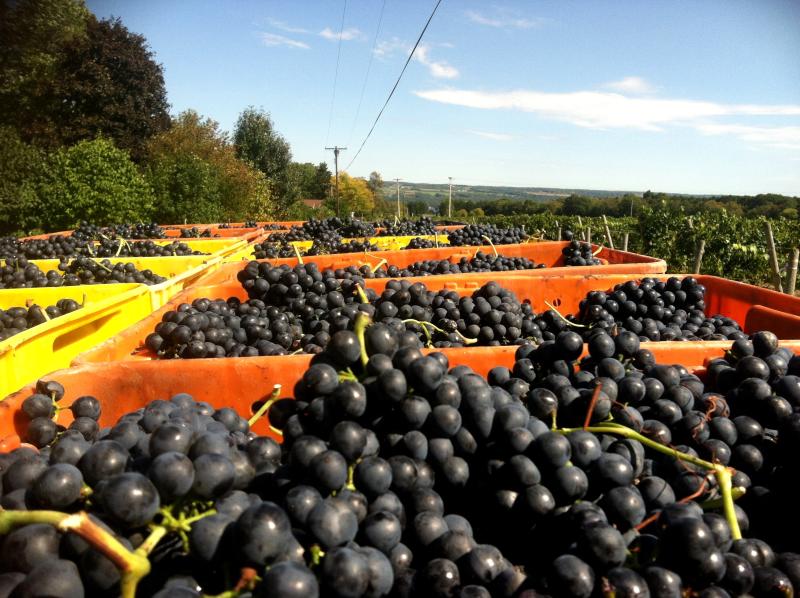
What advice can you offer smaller wineries that don’t have huge budgets to invest in large sustainability-focused infrastructures/processes, but want to be more environmentally conscious?
SH: Work with your local soil and water department. They can often help with technical assistance and potentially partner on grants to help test out or implement new practices. Right now we are working with our local soil and water department on a project to study the effects of adding compost and biochar to our vineyards and hay fields funded in part by a climate-smart agriculture grant. We are also working with them, along with some of our neighbors, to test out an under-the-row mower.
Develop a strong relationship with a local bank so that you can use loans to pay for some of the investments with shorter payback periods. Develop partnerships. For example, we partnered with Tesla to install five electric vehicle charging stations in our parking lot.
In what ways are you looking to expand in the future?
SH: We’re always looking for new ways – big and small – to improve. My dad is always tweaking, and even inventing new machines and strategies to try to improve practices in the vineyards. We’ve worked closely with researchers at Cornell over the decades on improved management strategies and will continue that collaboration.
From a climate impact perspective, packaging is one of the biggest sources of greenhouse gas emissions from the wine industry. Glass manufacturing requires an enormous amount of heat, and in the U.S. right now that heat is supplied primarily by fossil fuels. I’m in the very early stages of working with large wineries to try to create enough demand to get our glass suppliers to work with the government and renewable fuel suppliers to slash their emissions. We’re also always working on phasing in electric vehicles.
In collaboration with scientists at the US Department of Agriculture, we are going to plant a 5-acre field next to the forest on our farm with wildflowers to support native pollinator populations – many of which are ground-dwelling and benefit from proximity to forest habitat. We’ll manage the field to keep in wildflowers into the future.
From a broader ‘what people need right now’ perspective, we are focusing on getting people here for hands-on (phones off) workshops and retreats focused on skills development, enhancing well-being, community building, and problem-solving.
Our advocacy is focused on the implementation of the New York climate law and on the conservation title of the federal Farm Bill which is only renewed once every five years.
In addition to being a co-owner of her family’s seventh-generation farm and winery, Suzanne Hunt is the Vice President for Public Policy for Generate Upcycle, PBC which finances, builds, owns, and operates sustainable infrastructure projects in North America and Europe.
